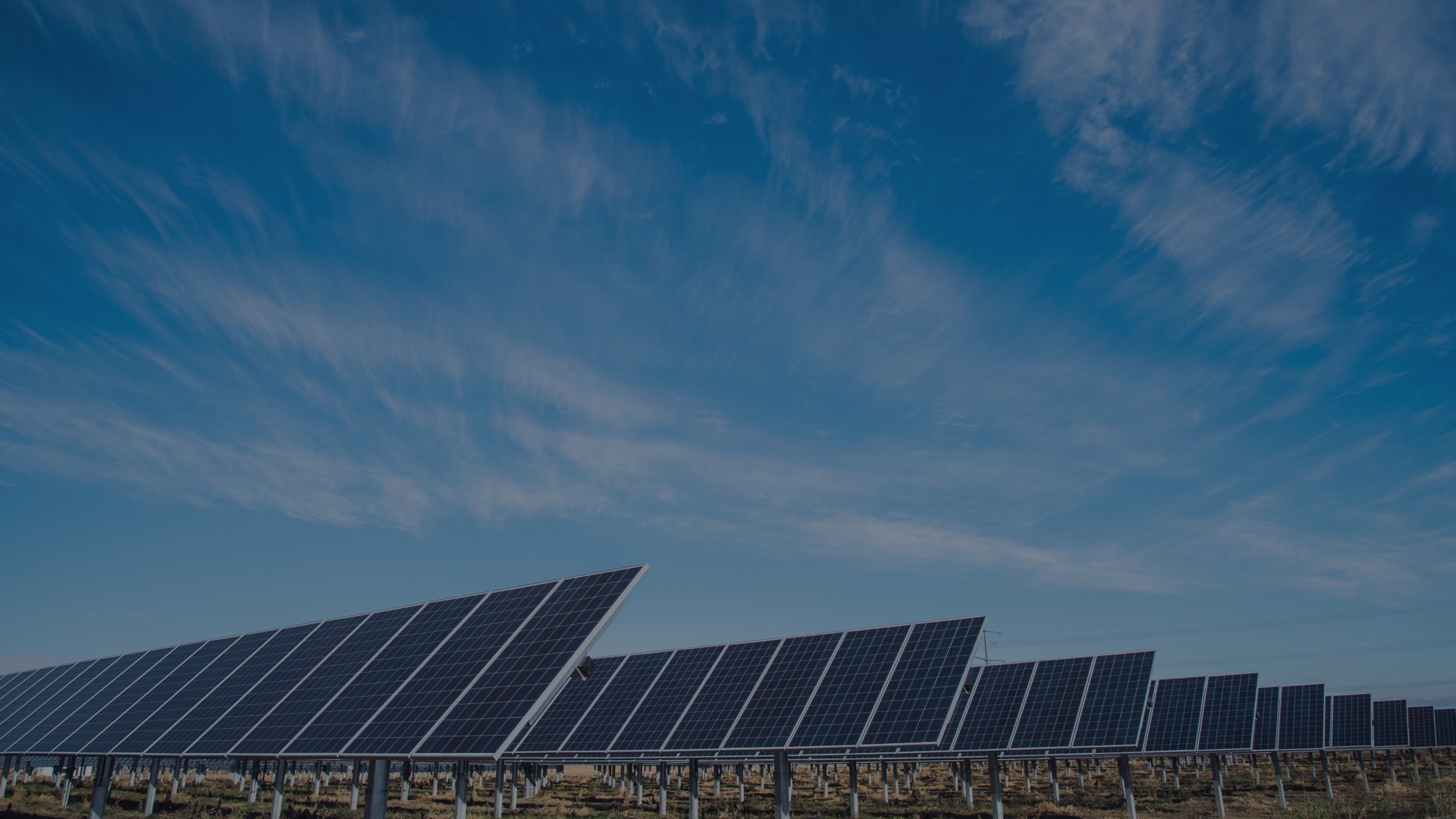Community-owned solar projects have become more and more popular in recent months and they are certainly this season's renewable energy 'hot topic'.
Last month saw the publication of a book denoting the methodology, implication and benefits of such schemes by renewable energy expert, Stephen Cirell.
Repowering South London (RSL) is the community group behind the scheme and it has already got one success story under its belt.
Brixton Energy Solar 1 was completed in March 2012 and saw 37.24kW of solar PV panels installed in the Loughborough Estate over several hundred square metres.
The group intends to have 250 kilowatt peak (kWp) of community owned renewable energy, saving almost 100 tonnes CO2 per annum, installed by April 2013.
RSL outlines that it aims to:
• generate energy in Brixton
• develop a community investment vehicle
• increase Brixton’s energy resilience and security
• raise awareness about energy efficiency and tackle fuel poverty
• provide training and employment for local people
These are just some of the ecological and sociological benefits of community solar energy schemes.
Co-founder of RSL Agamemnon Otero said: "This is a true community project that has been enabled through the donation of over 1,000 hours of time invested by a variety of local people who are committed to a clean energy future.
"Pioneering inner-city co-operatively owned renewable energy projects has been challenging, but we are proving that with the right skills, dedication and commitment, we can all take steps to make clean energy a reality."
The second project to be undertaken by RSL, Brixton Energy Solar 2, will see the installation of 45kW on the roof of Styles Garden, Loughborough Estate.
Some of the electricity produced will be used by the Loughborough Estate Management Board (LEMB) and the remainder will power households, or be put into the national grid.
Mr Otero added that he hoped the scheme would encourage other community groups to follow suit, commenting: "We want to make Brixton Energy a shining example of inner city community resilience for the next 20 years."
